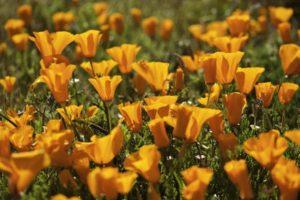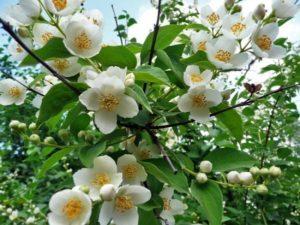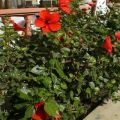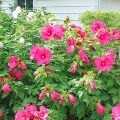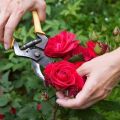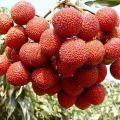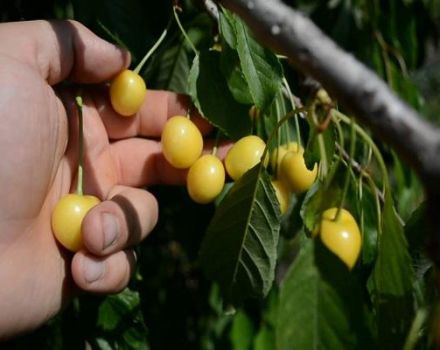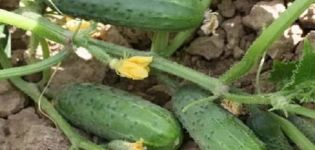Description of varieties of terry hibiscus, planting, cultivation and care
Terry hibiscus is one of the most popular representatives of the Malvov family. Depending on the variety, the plant is a shrub or tree. There are also herbaceous flowers. Since hibiscus is a heat-loving plant, it is kept indoors. In the summer, the flower is taken out into the street.
Features of the terry variety
Terry hibiscus has another name - the Chinese rose. The flowers of the plant are distinguished by an unusual shape. They consist of petals that are arranged in rows. Thus, a multi-layer structure is created.
Terry hibiscus flowers live only 1-2 days. Each dead flower is replaced by a new one. The flowering of the Chinese rose continues from spring to late autumn. Maintain such profuse flowering with proper hibiscus care.
Popular varieties
The life span of a flower is 19-23 years. Individual specimens reach a height of 3 m. To date, about 300 varieties of hibiscus have been discovered.
White
The plant is a shrub, the stems of which are abundantly covered with leaves. In height, hibiscus can be from 1 to 3 m. In width it reaches 1.5 m. If white hibiscus has been growing for a long time, the parameters of height and width are the same.
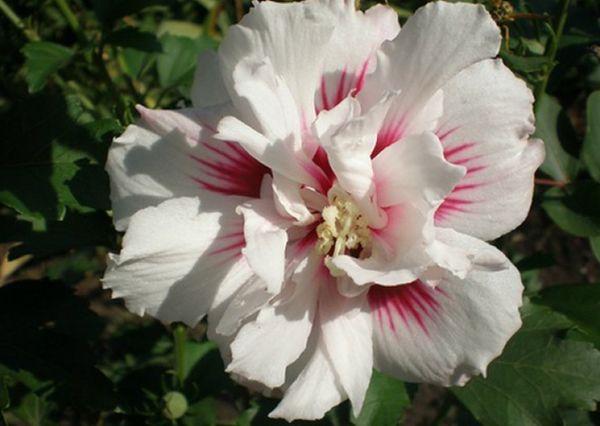
Red
It is considered the most common type and is more similar to the Chinese rose. The juicy color of the green mass is incredibly combined with large red flowers. Thanks to the color it looks impressive.
Pink
The variety is a small tree that remains covered with greenery throughout the entire time. The double flowers of the Chinese rose reach 16 cm in diameter. Suitable for the formation of winter gardens, but the most suitable conditions for keeping are indoor.
Peach
It is often confused with pink, as some of the shades are the same. The petals on the flower are very close to each other. Due to their large number, the flower seems to be really double.
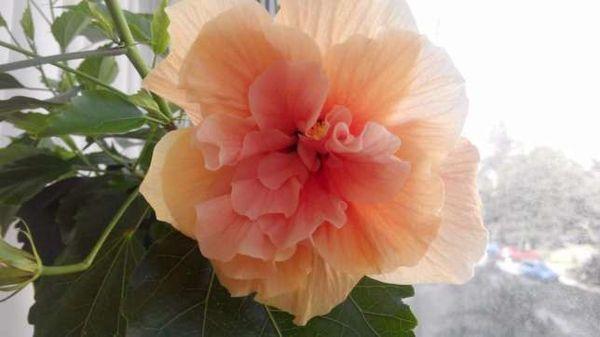
Yellow
It is considered a typical representative of terry hibiscus varieties. The difference from the usual Chinese rose lies in the size of the flowers and, of course, the color. The plant has an attractive decorative appearance, which makes it very popular.
Reproduction methods
Hibiscus, like other plants, multiplies. There are three ways:
- cuttings;
- seeds;
- dividing the bush.
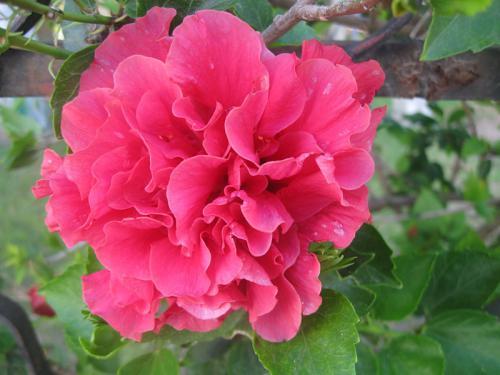
Each has its own advantages and disadvantages.Each gardener chooses for himself which method suits him best.
Cutting method
Reproduction of hibiscus using this method can be carried out throughout the year. Cuttings are best rooted twice per season. The first suitable period occurs in February and lasts until March. The second is in July-August.
Growing hibiscus from cuttings is one of the most common.
Seed method
It cannot boast of such a spread, unlike the first method. But reproduction by planting seeds is characterized by a high level of productivity. Seed material is purchased in specialized stores or collected independently from plants.
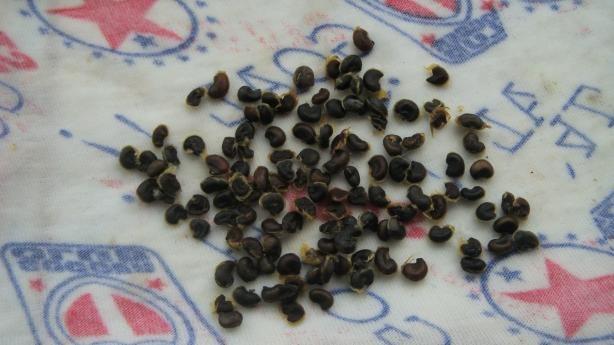
Dividing the bush
The latest breeding method for the Chinese rose. Florists try to bypass this option of growing, as it is difficult. Practically not used at home. Suitable for plants grown outdoors.
Planting basics
To get a new tree, which in the near future will please with abundant flowering, it is necessary to study the basics of planting. The grower should know how the hibiscus planting takes place, depending on the chosen planting material. In addition, the moments of preparing the planting material, the choice of location, timing and other nuances are taken into account.
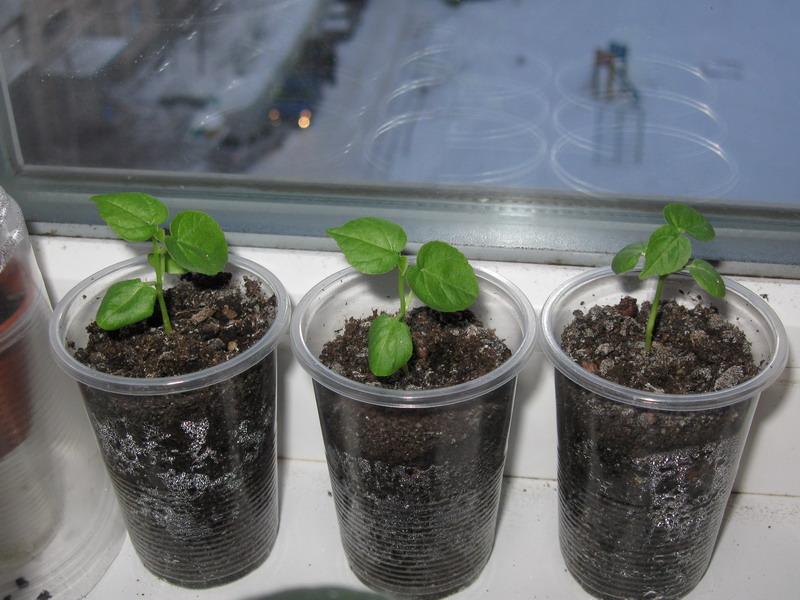
Preparation of planting material
If these are cuttings, after cutting, the branches are placed in a container filled with water. With the appearance of roots, they are planted in prepared soil. Complete rooting of the culture occurs in 4-5 weeks.
The preparation of the seed is different. To begin with, it is soaked in a solution of potassium permanganate for the purpose of disinfection. After that, the seeds are washed with water.
Once they are dry, they are kept in a growth promoter until sprouting. To do this, take a wet piece of gauze. Throughout the day, the fabric is opened to provide fresh air to the seeds. Sprouted seeds are planted in the ground.
Site selection and preparation
The Chinese rose prefers a bright spot on the windowsill. But the plant does not tolerate direct sunlight. The shadow is contraindicated for the Chinese rose.
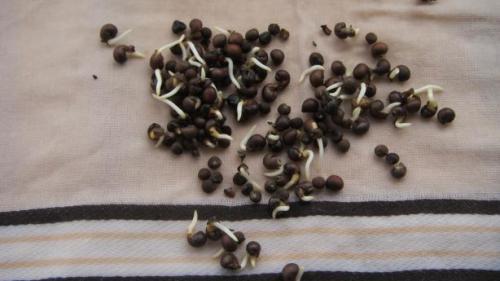
Landing dates
Seed planting period is January-March. If the propagation method of the cuttings was chosen for the propagation of the Chinese rose, successful rooting falls in July-August. Rooting of branches in spring is permissible with planned pruning of the plant.
Landing technology
Planting seed is as follows:
- The seeds are placed in a growth promoter and left overnight.
- In the morning, spread on wet cheesecloth and wrap.
- With the appearance of sprouts, the seeds are sown in a container filled with a peat-sand mixture.
- Cover the pots with foil or glass.
- With the formation of 2-3 leaves, each plant is transplanted into separate pots.

As a result of the reproduction of hibiscus seeds, flowering occurs in the 2-3rd year after planting.
The technology of planting a Chinese rose by cuttings:
- The twig is placed in water or directly into the soil.
- As a result of landing, two upper leaves should remain above the ground, which are covered with a jar.
- With the appearance of roots, the young plant is transplanted into a substrate that is a mixture of peat and moss.
Hibiscus grown by cuttings will bloom the following season. When planting a plant in a pot, too spacious containers are excluded. Otherwise, hibiscus will delight with a large number of leaves, and not abundant flowering. The bottom of the pot should be covered with drainage made from any materials at hand. Thanks to the lower layer, water does not retain in the area of the root system, and it is protected from decay.
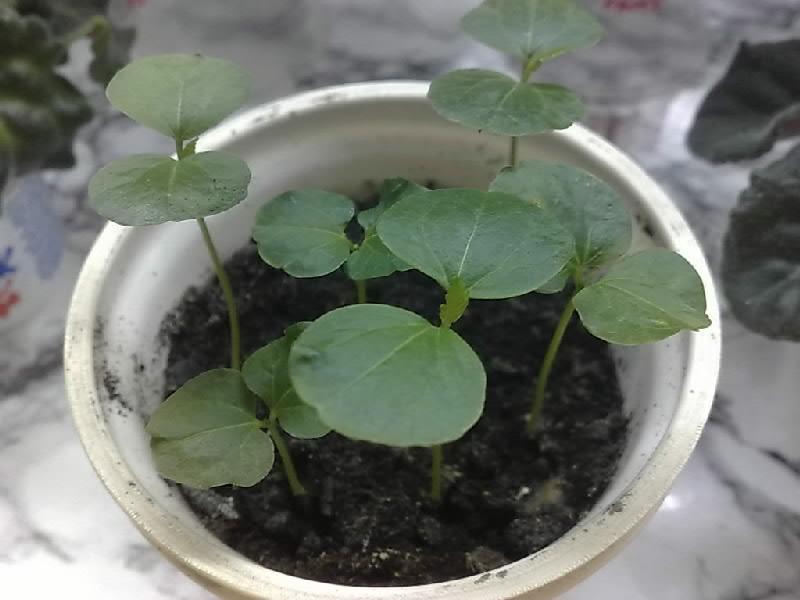
Exotic flower care
After the successful planting of hibiscus and obtaining the roots of florists, the second stage awaits - caring for the plant. It includes many factors that are not only watering and fertilizing.The growth, development, flowering and lifespan of the Chinese rose depend on the quality of the care provided.
Temperature and humidity
In the summer, at an ambient temperature of 20-22 degrees, the culture feels great. In winter, the indicator drops to 14-16 degrees. It is possible to keep hibiscus at room temperature in winter.
The Chinese rose adores high humidity. In rooms with dry air, the spraying procedure saves. The optimum humidity level ranges from 65-80%.
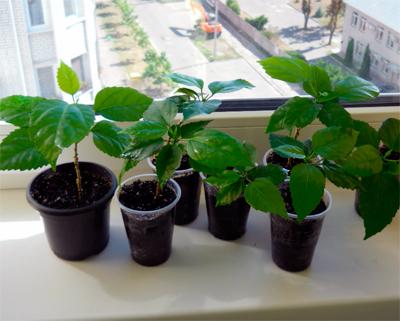
Lighting and watering
Hibiscus needs natural light the most during the flowering period. Direct sunlight is contraindicated on the leaves, since after contact with the sun they dry out. The plant is watered as the earthen coma dries. For irrigation, take soft and settled water.
Fertilizers and feeding
Hibiscus, like other plants, needs feeding. It is important not to overdo it in this matter. In springtime, the Chinese rose is fertilized with a mixture of potassium and phosphorus.
Subsequent feeding procedures take place in the summer at the time of the active growth of the flower.
A plant with double flowers does not tolerate fertilizers that contain nitrogen. Experienced growers advise to water the hibiscus with warm water and sugar.

Transfer
If the plant is young, it is replanted annually. The mixture is prepared from garden soil, peat and sand. An adult plant prefers heavy soils. A hibiscus that has reached the age of three needs a rare transplant.
Disease protection
Most often, Chinese rose lovers notice yellowing of the leaves. The reason for the discoloration of the leaves is a disease such as chlorosis. It develops as a result of frequent watering with water, which contains a large amount of chlorine and calcium. A little trick of settling water will help to avoid the development of the disease.

Pest control
Among parasitic insects, the greatest danger to plants is the spider mite or scale insect. Getting rid of pests is very simple. To begin with, use such a simple tool as a soap solution. It is prepared at home. After that, spraying with a liquid based on Actellic is carried out.
Potential breeding problems
When growing hibiscus at home, a person faces the following problems:
- The appearance of new leaves in yellow or the falling off of the lower ones. This can be the reason for the lack of elements such as nitrogen or iron in the soil. Dry air, low temperatures and watering with cold water contribute to this phenomenon.
- The buds that appear do not open and fall off. The plant needs abundant watering. There are not enough nutrients in the earth.
- Lush crown without flowers. The plant does not have enough light, the room temperature is high. The plant does not bloom due to the large amount of fertilizer applied.
- Lethargy of the green mass. It is the result of insufficient watering.
- The appearance of pink spots on the leaves. Excessive amount of applied fertilizer.
- Drying of the root system. Low soil temperature.
At first glance, it seems that the flower is too demanding and needs increased care, but this is not so. In order for a flower to please the eye, a person is required to regularly follow the rules of care. Over time, the grower will learn to distinguish between what the plant needs and what care is needed.
